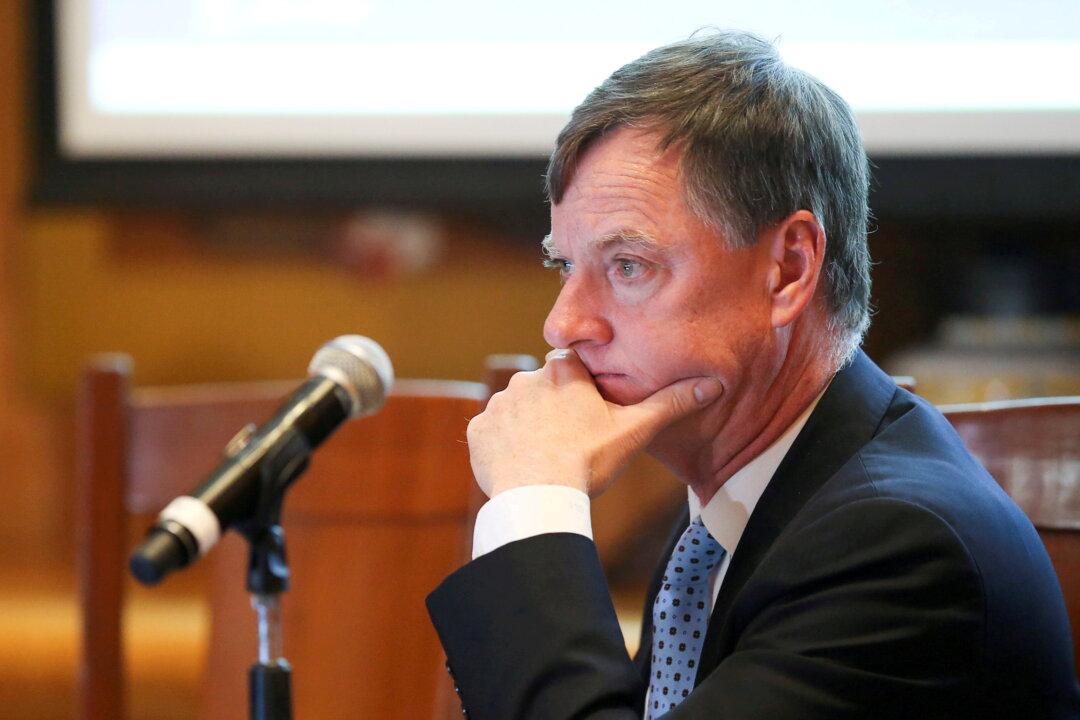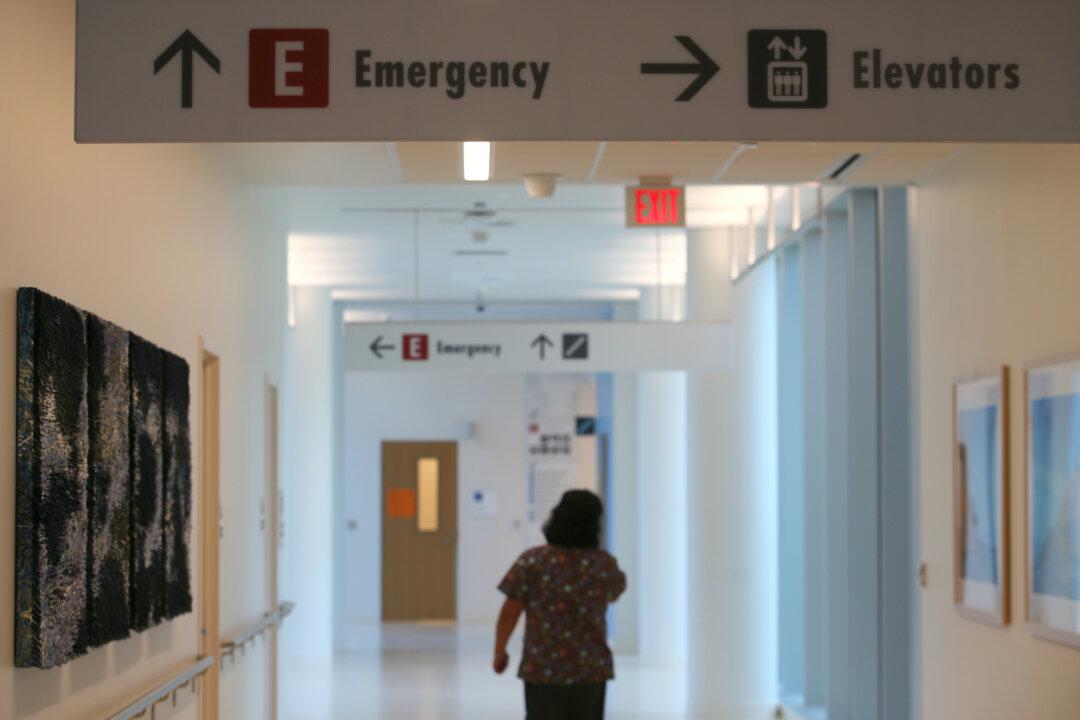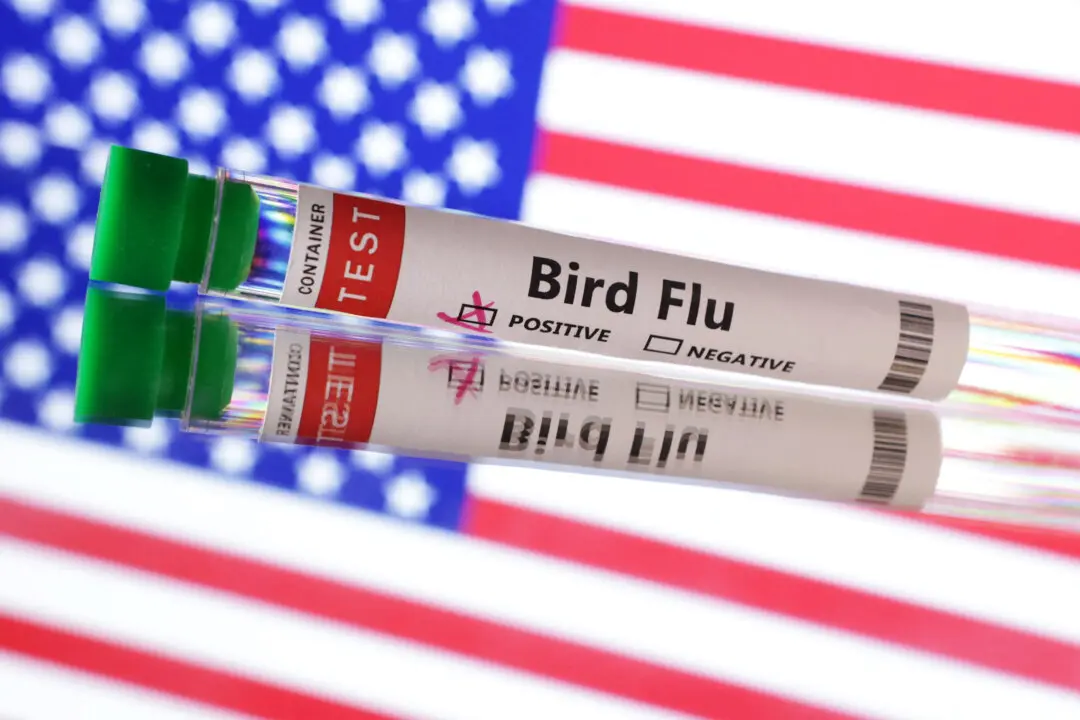The Federal Reserve needs to raise interest rates “in a timely fashion” this year and in 2023 to curb high inflation before it is embedded in U.S. psychology and becomes even harder to get rid of, Chicago Fed President Charles Evans said on Thursday.
But Evans also said the U.S. central bank should tread carefully as it tightens monetary policy in the face of price pressures that have pushed inflation to a 40-year high.





